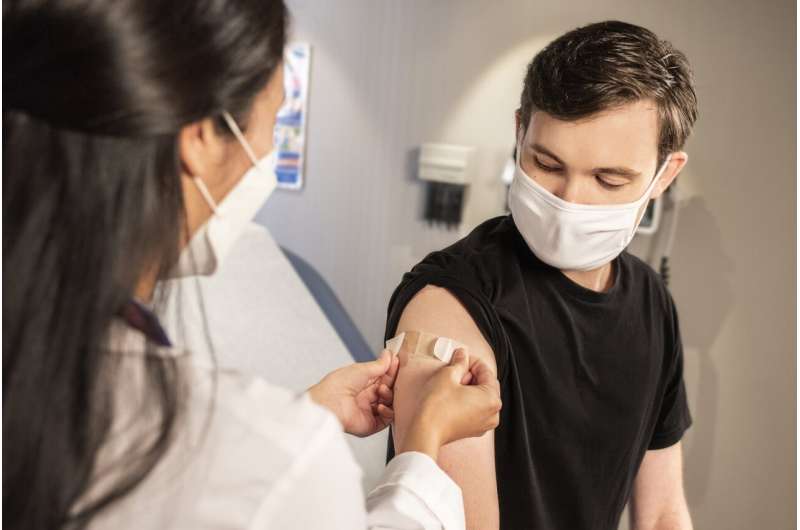Clinical-Community Initiative Tackles Menstrual Poverty Among Youth

A pioneering program at Wake Forest Health integrates screening and free menstrual products into pediatric care, aiming to eliminate menstrual poverty among youth and improve health outcomes.
A recent study published in the June 2025 issue of Pediatrics highlights the successful development and implementation of a clinical-community program aimed at combating menstrual poverty among adolescents and young adults. Menstrual poverty, also known as period poverty, is characterized by the lack of access to menstrual hygiene products and the necessary education to use them effectively, which can significantly impact young people's health, education, and wellbeing.
The program was introduced at Atrium Health Wake Forest Baptist's Downtown Health Plaza Pediatric Clinic in Winston-Salem, North Carolina. It involved a screening tool administered to 110 patients aged 12 and above during wellness visits from April to July 2022. This tool assessed access to menstrual products, stress levels related to menstruation, and school attendance. The findings revealed that 10% of the patients needed menstrual products, 7.1% missed school due to insufficient supplies, and 10% experienced stress linked to the lack of access.
To address these needs, the clinic partnered with The Period Project's North Carolina chapter to supply free menstrual hygiene products to eligible patients. This collaboration allowed patients to receive the necessary supplies at no cost, highlighting a sustainable model for addressing menstrual poverty within healthcare settings.
According to Dr. Callie Brown, associate professor of pediatrics at Wake Forest University School of Medicine, this approach demonstrates the feasibility and essential nature of integrating menstrual poverty solutions into clinical practice. The program not only provides vital resources but also initiates important conversations about menstruation, reducing stigma and empowering young individuals.
Brown emphasized the importance of expanding such programs nationwide to improve health outcomes and support adolescent wellbeing. The study advocates for increased awareness and resource allocation toward menstrual health initiatives in clinical environments, promoting equitable access and education.
This innovative project exemplifies how partnerships between healthcare providers and community organizations can effectively address social determinants of health, ensuring that young people receive the support they need for optimal health and success.
Source: https://medicalxpress.com/news/2025-05-clinical-community-menstrual-poverty.html
Stay Updated with Mia's Feed
Get the latest health & wellness insights delivered straight to your inbox.
Related Articles
Rising COVID-19 Cases and Federal Guidance Sparks Confusion Over Vaccine Eligibility
Widespread confusion over COVID-19 vaccine eligibility and guidance emerges as cases rise and federal policies remain unclear ahead of the fall season.
Living in Underserved Neighborhoods May Elevate Inflammation and Dementia Biomarkers
Research shows that residing in socioeconomically disadvantaged neighborhoods may raise inflammation levels and dementia-related biomarkers, potentially increasing Alzheimer's disease risk.
Urgent Call for Reform in the Treatment of Incarcerated Mothers and Their Babies
A new report calls for urgent reforms in England and Wales' criminal justice system to address the emotional trauma caused by separating incarcerated mothers from their babies. The study highlights systemic failures and advocates for community-based alternatives, trauma-informed care, and better support for both mothers and staff.
Genetic Link Between Bitter Supertasters and Health Risks Discovered
New research links the bitter 'supertaster gene' TAS2R38 to dietary preferences and increased health risks, including bipolar disorder and kidney issues, highlighting the importance of personalized nutrition.



